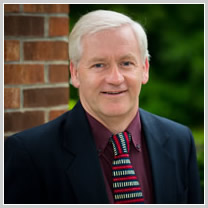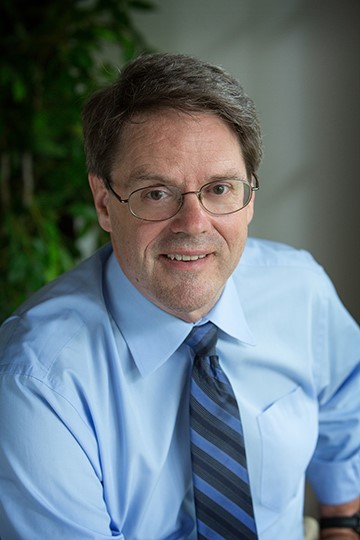Thank you to all the registrants and attendees that participated in XDD Environmental’s PFAS webinar. Find below a link to download the presentation slides and a video recording of the webinar.
Click here to download the PFAS presentation slides
Presentation Video:
Video of fire fighting foam being sprayed over a crowd at a picnic
Webinar Question and Answer:
Q1. For thermal treatment, how was the temperature of >1,100 Celsius determined? Is it just that an incinerator destroyed the chemical, hence based on incinerator operating temp, or was it based on detailed chemical-specific thermal decomposition studies? If the latter, any references for this? Will PFAS breakdown at lower temps? If so, what temps?
Answer: Based on the research we reviewed, the temperatures typically provided exceeded 1100 Celsius to breakdown the PFAS to basic elements. Some of these studies appeared to be more associated with regeneration temperatures. One article suggested that lower temperatures would not work “Clean Technology, Vol 17, #3, Sept 2011, PP 250-258.”. We did not see any paper that varied the temperature to determine the conversion point. The stated melting point for PFOS is 400 Celsius and the boiling point is currently “not measurable”. However, for technologies that used temperature as part of the process e.g., heat activated oxidation the temperatures required were typically less than 100 Celsius.
Q2. What is the risk of the unfiltered PFAS? Since short-chain PFAS remain, does 90% removal remove << 90% of the risk? (slide on nano filters).
Answer: The current thinking is that the risks to health and the environment associated with the shorter chain PFAS is significantly less than for the larger chain PFAS (> 6 to 7 carbons), primarily due to the lower potential for bioaccumulation and toxicity. However, we have seen nothing to quantify the risk and we consider that the bio-accumulative potential and toxicity of the shorter chain PFAS information to be limited.
Q3. What are soil remediation options?
Answer: Besides excavation and disposal / treatment, ISS and soil washing, currently most soil treatments are associated with addressing groundwater in the source area to promote dissolution of the PFAS from the soils into the groundwater for eventual treatment. This approach is common for many contaminant source areas; e.g., biodegradation and chemical oxidation are primarily aqueous phase treatments, but promote contaminant dissolution and therefore soils treatment in source areas.
Polyfluoroalkyl Substances (PFAS)
Remediation Webinar
Conducted on: Tuesday April 4, 2017 from 12:00 – 1:00 PM EST
You are cordially invited to join us for an informative webinar covering the both ex- and in-situ remedial options for polyfluoroalkyl substances (PFAS). PFAS are contaminants of emerging concern that are increasingly being detected in ground, surface, and drinking water. PFAS are primarily associated with the manufacturing of fire fighting foams, carpeting, non-stick cookware, food wrappings, and are not naturally occurring in the environment.
The presentation will include:
- General properties of PFAS as they impact remedial technology selection.
- Remedial options based upon efficacy.
- A question and answer period.
Feel free to forward this webpage to colleagues/friends that might benefit from this free webinar.
Can’t attend live? Please register anyway, we will be sending out a post-presentation email with a video link and slides (upon request).
 PRESENTER and SPONSOR
PRESENTER and SPONSOR
Michael Marley, M.Sc., CT LEP
XDD Environmental
Mike Marley, president and co-founder of XDD Environmental, has over 35 years of experience in environmental and civil engineering. He has been at the forefront of developing design and application protocols for soil vapor extraction, sparging and in situ chemical oxidation (ISCO) technologies. Mike is commonly used by both private industry and regulatory agencies to conduct peer reviews and testimony services both nationally and internationally. He reviews articles for several remediation journals and has published numerous articles and written chapters in several monographs and books on in situ remediation.
 PRESENTER
PRESENTER
Ellen Moyer, Ph.D, P.E.
Greenvironment, LLC
As an environmental engineer with 30 years of experience, Ellen Moyer works on projects for federal agencies and Fortune 500 companies to clean up hazardous waste sites contaminated by a wide array of harmful chemicals. Moyer has an M.S. in environmental engineering, and a Ph.D. in civil engineering, and is a registered professional engineer. Moyer has authored three books “MTBE Remediation Handbook” and the just released “Our Earth, Our Species, Our Selves: How to Thrive While Creating a Sustainable World”
 PRESENTER
PRESENTER
Dr. Raymond G. Ball, P.E., L.S.P.
EnChem Engineering, Inc.
Dr. Ball, an environmental engineer, has 35 years of national experience with environmental issues related to organic and inorganic pollutants in the environment. He is a Registered Professional Engineer and a Licensed Site Professional in Massachusetts. Dr. Ball has served as a hazardous waste consultant to the U.S. Environmental Protection Agency on various remediation projects at military bases throughout the U.S. He has managed major remediation projects for industrial and government clients.
